

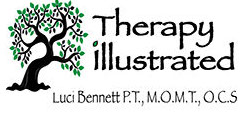
Spinal Anatomy
The spine has 6 major tissue components.
Each component generates pain when it is damaged and inflamed.
Each component is constructed with collagen which regenerates.
Bone
Individually known as the vertebrae.
There are 3 major sections that stack up to hold the nervous system
Cervical-Neck
Thoracic- Upper back
Lumbar- Low back
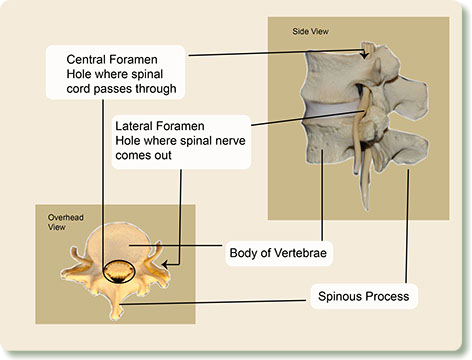
Potential Painful problems:
- compression fractures
- bony spurs of the foramen
resulting in nerve compression
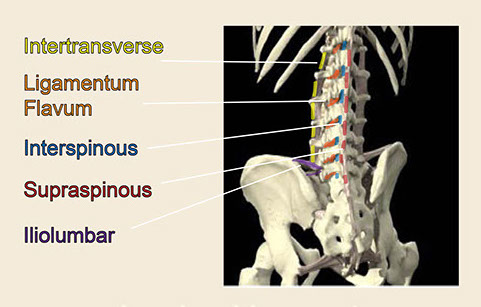
Ligaments
Connect bone to bone. They hold the bones together and prevent slippage with motion and loading.
Potential Painful Problems:
-overstretch
- tear with trauma
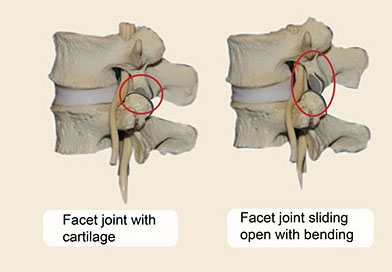
Facet joints with cartilage
The cartilage lubricates and reduces friction with motion. The bone motion causes the joint to slide open or shut.
Potential Painful Problems:
-arthritic change of the cartilage
Disc
The disc is attached to the body of the vertebrae above and below by the annular fibrosus. The jelly center is called the nucleus pulosus which serves to allow motion between the bones and maintains a height of separation between the bones.
Potential Painful Problems:
-herniation of the disc
-narrowing of the disc causing
compression of the joints and foramen
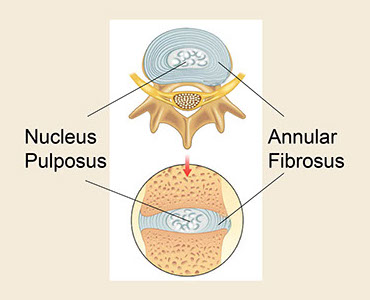
I have terrible pain in the morning but when I get up and move, I feel better...
There are two possibilities causing this pain pattern:
1- All of our discs swell up at night by imbibing fluid with nutrients through the end plates and interstitial tissues. This is how the discs maintain hydration and nutrition. When we get up in the morning, the weight of the body compresses the fluid back out along with waste products. If a disc is inflamed, then the extra fluid causes more pain which is relieved by movement.
2- Arthritis is a loss of cartilage which is a loss of lubrication for the joint. Arthritic joints are very stiff in the morning and require some motion to loosen up.
What are those letters and numbers on my Xray?
Each bone is named for where they live: cervical C, thoracic T, or
lumbar L as well as what number they are in the stack. The top bone of each section is number 1. A disc or joint is referred to by the bone above and below it. Example: the L4-5 disc.
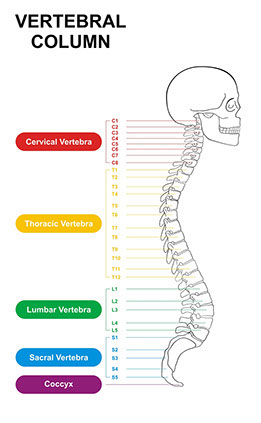
The contents of BackPainExplained web site including the text, graphics, images, and other material are for informational purposes only. The content of this web site is not intended to be a substitute for professional medical advice, diagnosis, or treatment. Always seek advice of your physician or other qualified health professional with questions you may have regarding a medical condition. Do not delay seeking medical advice or disregard professional treatment advice because of something that you have read on BackPainExplained.
Call your physician or 911 if you think that you have a medical emergency. Reliance on any information within BackPainExplained web site is solely at your own risk.